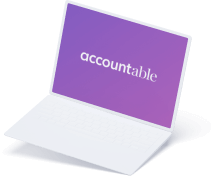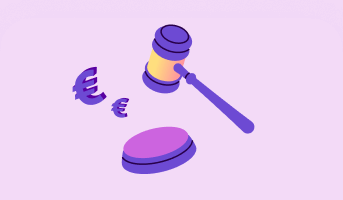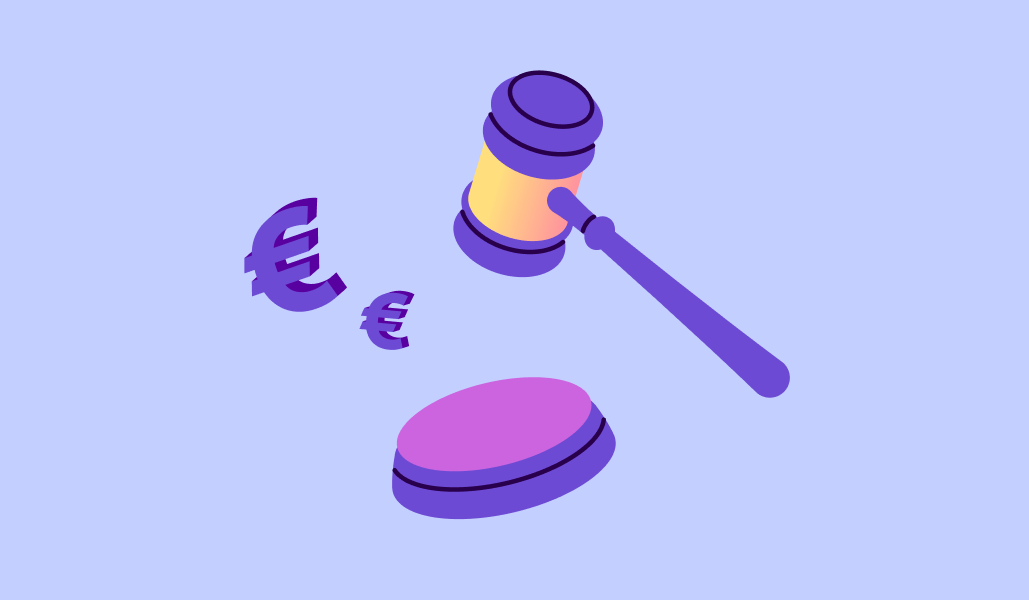
Tout savoir sur vos impôts d’indépendant complémentaire
Read in 4 minutes
Payer ses impôts ? On y échappe pas en tant qu’indépendant complémentaire en Belgique. Mais combien d’impôts faut-il payer dans le cadre d’une activité complémentaire ? Et comment calculer ces impôts ? Quelle quel impact ont les cotisations sociales sur vos impôts ? Voilà plusieurs questions auxquelles cet article répond pour vous.
Comment calculer ses impôts en tant qu’indépendant complémentaire ?
Les revenus de votre activité complémentaire sont imposés via l’impôt des personnes physiques, comme votre salaire. Dans votre déclaration fiscale, votre revenu d’indépendant complémentaire est donc additionné au salaire brut de votre activité principale et vous êtes imposé sur l’ensemble de vos revenus. La conséquence ? Bien souvent, les revenus de votre activité complémentaires vont se retrouver dans une tranche d’imposition plus élevée.
Alors comment calculer le montant de l’impôt à payer sur les revenus de votre activité complémentaire ? D’abord, calculez votre revenu imposable. Ensuite, appliquez les tranches d’imposition progressives. Cliquez ici pour plus d’infos sur ces tranches progressives et un exemple de calcul.
💡Astuce Accountable : Téléchargez gratuitement l’application Accountable, elle vous indiquera combien d’argent mettre de côté pour vos impôts d’indépendant complémentaire et comment réduire votre charge fiscale.
Comment payer moins d’impôts en tant qu’indépendant complémentaire
Le meilleur moyen de réduire ses impôts ? Déclarer suffisamment de frais professionnels.
En effet, en tant qu’indépendant complémentaire, vous pouvez déduire de vos revenus les dépenses que vous effectuez pour votre activité complémentaire. Vous réduisez ainsi votre revenu net imposable (le montant sur lequel le fisc calcule vos impôts) et au final, vous payez donc moins d’impôts.
Déductible ne veut pas dire gratuit : vous devez toujours les payer, ces frais professionnels. Alors ne faites que des dépenses utiles, qui font réellement progresser votre entreprise. D’ailleurs, c’est une condition si vous voulez que le fisc les considère comme des frais professionnels.
Vous avez peu de frais, donc peu à déduire ? Dans ce cas, il peut être avantageux d’opter pour une indemnité forfaitaire.
💡Lisez ces blogs pour en savoir plus sur les frais déductibles pour les indépendants complémentaires :
Quels frais sont déductibles pour les indépendants en Belgique ?
Frais mixtes : de quoi s’agit-il ?
7 frais déductibles pour les indépendants en télétravail
Combien de cotisations sociales paie un indépendant complémentaire ?
Tout comme les indépendants à titre principal, vous payez des cotisations sociales en tant qu’indépendant complémentaire. En général, elles s’élèvent à 20,5 % de vos revenus nets.
Dans certains cas, vous pouvez demander une dispense des cotisations sociales. C’est le cas si :
- Vous êtes starter : vous pouvez alors payer des cotisations sociales provisoires d’un montant forfaitaire 99,38 € (2024). Cette cotisation provisoire correspond à un revenu net imposable de 1.865,45 € (2024). Attention : si vous gagnez plus finalement, vous devrez payer un complément au moment du calcul définitif de vos cotisations sociales.
- Vous gagnez moins de 1.865,45 €. En dessous de ce montant, vous ne devez pas payer de cotisations sociales.
*Attention, il s’agit d’un montant de base. Chaque caisse d’assurances sociales prend une petite marge sur ce montant, pour couvrir ses frais de fonctionnement. Le montant final dépend donc de votrecaisse d’assurances sociales.
Vos cotisations sociales sont fiscalement déductibles
Bonne nouvelle : vos cotisations sociales sont déductibles à 100 % et contribuent donc à… réduire vos impôts. Bien sûr, vous payez toujours des cotisations provisoires et une régularisation suivra plus tard, sur la base de vos revenus réels. Mais toutes les cotisations sociales, provisoires ou définitives, sont déductibles. Plus elles sont élevées, plus le montant sur lequel vos impôts sont calculés diminue.
Vous aviez demandé une dispense et vous gagnez plus finalement ? Si vous constatez cela, demandez immédiatement à votre caisse d’assurances sociales de revoir à la hausse vos cotisations sociales. Sinon, vous risquez une amende.
💡Lisez-en plus ici sur vos cotisations sociales en tant qu’indépendant complémentaire.
La TVA pour les indépendants complémentaires
Facturer la TVA à vos clients et la payer fait aussi partie des obligations des indépendants, du moins si vous êtes assujetti à la TVA. En facturant cette ‘taxe sur la valeur ajoutée’ via vos factures de vente, vous agissez comme un intermédiaire qui récupère la TVA auprès de ses clients pour la reverser ensuite à l’administration à la fin de chaque trimestre.
D’un autre côté, vous pouvez déduire la TVA payée sur vos achats professionnels pour lesquels vous disposez d’une facture TVA.
Franchise TVA pour votre activité complémentaire
Votre chiffre d’affaires annuel est inférieur à 25.000 € ? Dans ce cas, vous pouvez envisager une franchise de la TVA pour votre activité complémentaire. Mais attention, il y a quelques inconvénients :
- Si vous tombez sous la franchise de la TVA, vous ne devez pas facturer de TVA, mais vous ne pouvez pas non plus récupérer la TVA sur vos dépenses professionnelles. Vous payez donc plus cher vos achats et votre matériel, un surcoût que vous devrez répercuter sur votre prix de vente. Si vous avez beaucoup de dépenses, la franchise de la TVA n’est donc pas très intéressante.
- Si vos revenus dépassent quand même les 25.000 € par an, vous risquez de perdre votre franchise de la TVA. D’un jour à l’autre, vous allez devoir facturer la TVA et là, vous devrez choisir entre devenir plus cher pour vos clients ou renoncer à une partie de vos bénéfices.
- En outre, les entreprises récupèrent elles-mêmes la TVA sur leurs achats. En réalité, elles n’y gagnent donc rien si vous ne leur facturez pas de TVA. C’est pourquoi la franchise TVA est surtout intéressante pour les entreprises dont les clients sont des particuliers ou des organisations qui ne récupèrent pas la TVA.
Accountable vous aide à correctement déduire vos dépenses et calculer vos impôts. En outre, l’application vous partage plein d’idées de dépenses professionnelles. Comme ça, vous êtes sûr de n’en oublier aucune et vous ne payez jamais trop d’impôts en tant qu’indépendant complémentaire.
Essayez Accountable gratuitement dès maintenant
Avez-vous trouvé ce que vous cherchiez?
Heureux de l'entendre !
Restez informé ! Laissez votre adresse e-mail pour être notifié des mises à jour et de nos derniers conseils pour les indépendants comme vous.
Nous sommes désolés d'entendre cela.
Pouvez-vous préciser pourquoi cet article ne vous a pas été utile ?
Merci pour votre réponse. 💜
Nous valorisons vos retours et les utiliserons pour optimiser notre contenu.






